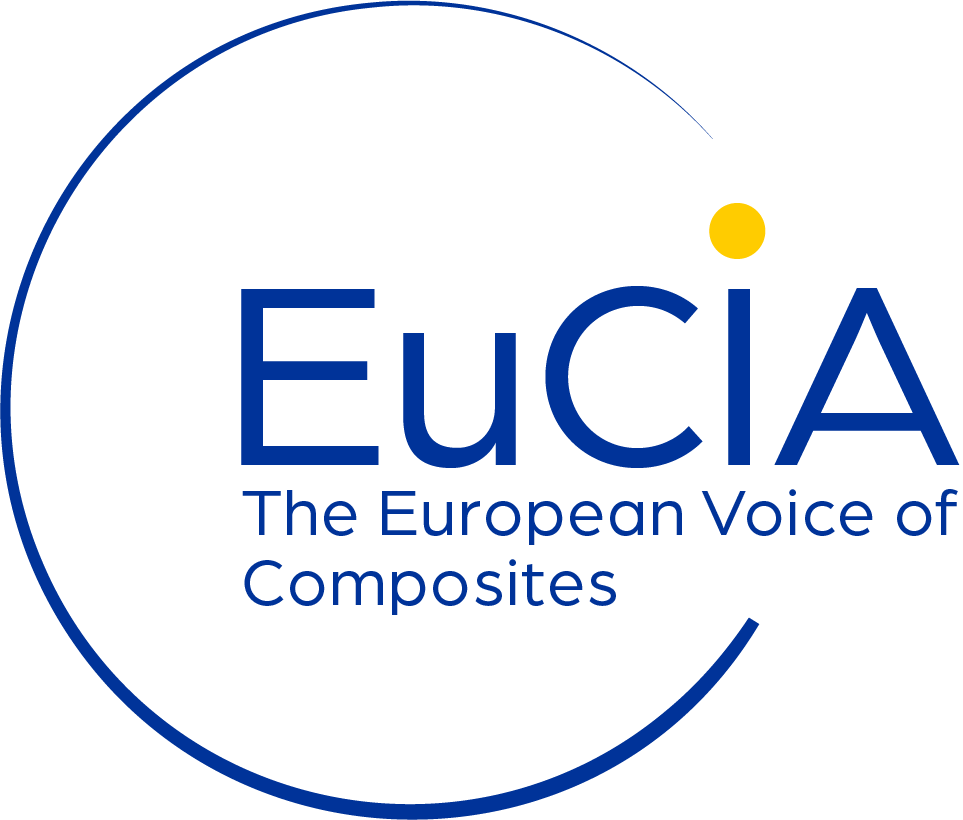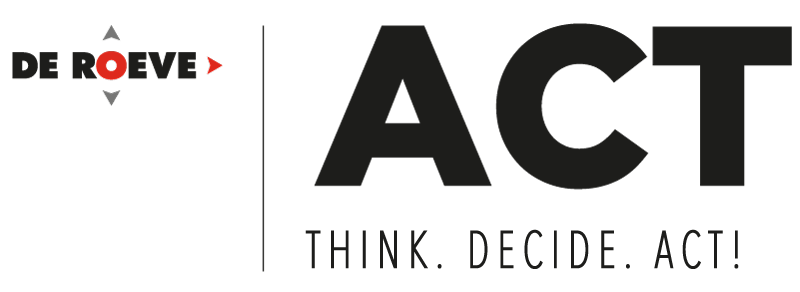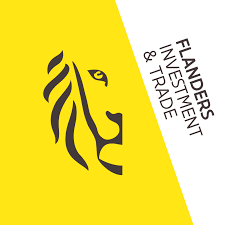Engineering, testing, certification and production technology for dynamically loaded thermoplastic composite structures
Agesia is embedded in De Roeve Industries, a high-competence centre based in Lokeren, Belgium.
Technology development based on four pillars

Digitalization as a design tool
Reduce time to market by closed loop development.
AGESIA has a working digital twin.
New materials & new production technology
We develop new production technologies on your behalf, tailored to your specific needs and properties to be achieved.



Agesia at JEC World, Paris, March 4-6, 2024
Composites in transportation equipment, Presentation TCC2020 convention ACMA, San Diego, April 29, 2020
This document and the information therein are the property of Agesia bv and may only be used for the purpose for which it is supplied. Reproduction of use of the information therein, in whole or in part, is strictly prohibited without written permission of Agesia bv.












